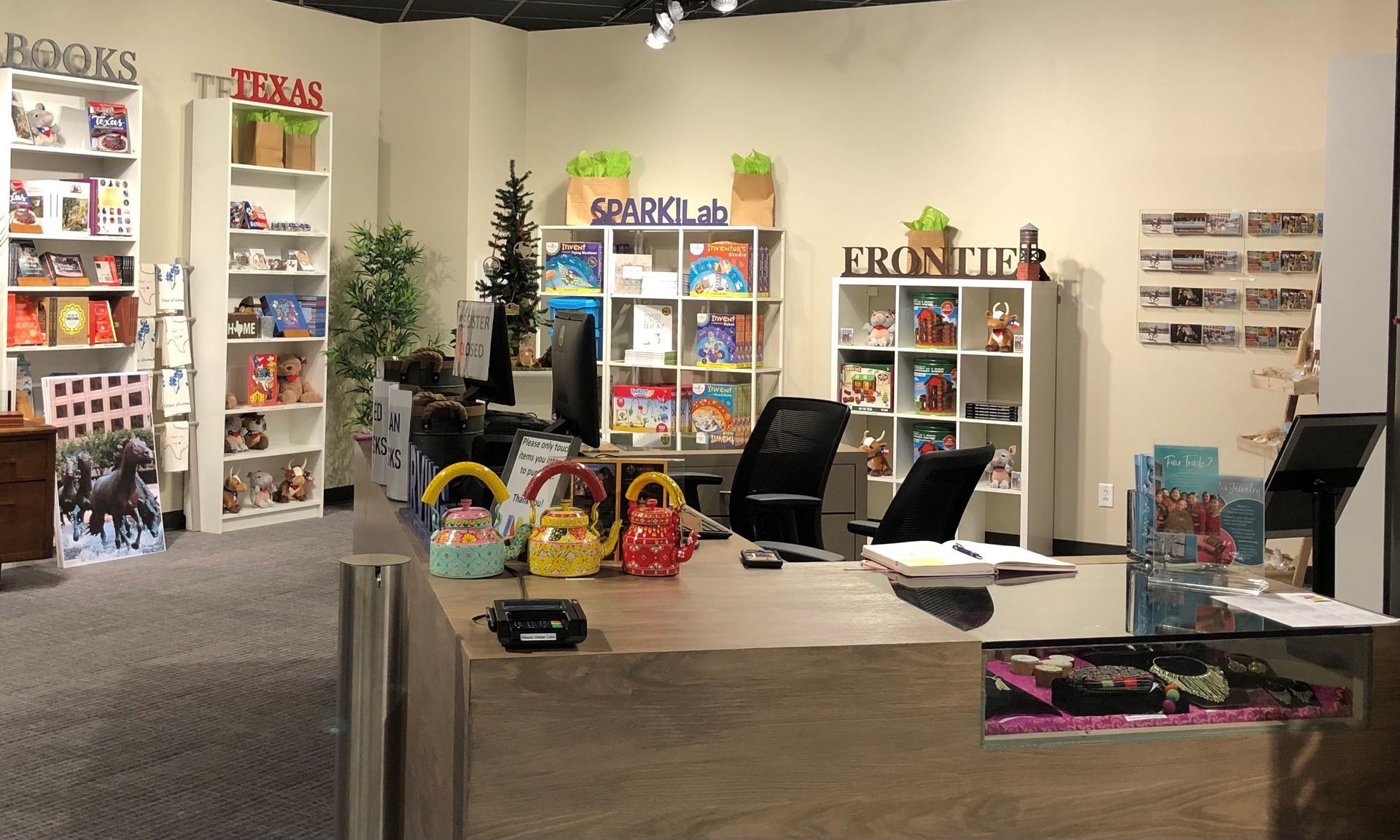Smithsonian Traveling Exhibition Exploring Indigenous Legacy of the Caribbean
Open Through August 10, 2025
Caribbean Indigenous Resistance / Resistencia indígena del Caribe ¡Taíno Vive!, an exhibition from the Smithsonian presents the history of the Taínos, the Indigenous peoples of the northern Caribbean islands, and how their descendants are reaffirming their culture and identity today. The bilingual (English/Spanish) exhibition was organized for travel by the Smithsonian Institution Traveling Exhibition Service (SITES) in collaboration with the National Museum of the American Indian and the National Museum of the American Latino and will be on view at IAM through August 10, 2025.
The exhibition explores the Taíno heritage of today and how their descendants are participating in a growing movement to reaffirm their Caribbean Indigenous identity and culture. The term Taíno refers to the diverse Arawak-speaking peoples of the Greater Antilles (Cuba, Jamaica, Haiti, the Dominican Republic, and Puerto Rico) and their descendants within and outside of the Caribbean. In 1492, the Taíno discovered Christopher Columbus, an encounter that set-in motion a Spanish invasion that devastated the Taíno civilization and decimated their population. However, the exhibition reveals that in places like Puerto Rico, Cuba and Jamaica, historical records and regional traditions point to Indigenous survival and rich cultural legacies within and outside the Caribbean.
Visitors will learn about the Taíno survival journey through stories, contemporary crafts, musical instruments, and utilitarian objects associated with aspects of Native day-to-day life. The exhibition includes a short video that showcases the impacts of colonial encounters in the Caribbean and the nexus of the first interactions between the new and the old world.
Audiences will discover examples of Indigenous musical instruments such as the maracas and the güiro, traditionally made from the dritas fruit of the Higuera tree, native to parts of Central America and Puerto Rico. Contemporary objects such as jícara bowls show the traditional eating and drinking utensils first used by the Taínos that were made from the fruit of the gourd tree.
The exhibition received federal support from the Latino Initiatives Pool, administered by the National Museum of the American Latino.
About Smithsonian Institution Traveling Exhibition Service (SITES)
SITES has been sharing the wealth of Smithsonian collections and research programs with millions of people outside Washington, D.C., for more than 70 years. SITES connects Americans to their shared cultural heritage through a wide range of exhibitions about art, science, and history, which are shown wherever people live, work and play. For exhibition description and tour schedules, visit:
sites.si.edu.

Cleopatra Tatabele, an Afro-Taíno powwow dancer and two-spirit person. Two-spirit is an Indigenous way of describing people whose genders combine male and female roles or appearances. Tatabele uses the pronouns she or they.
Photo by Michelle Groskopf.

The Beginning of the End, a painting from contemporary Taíno artist Albert Areizaga showcases the destruction that European colonization brought to the Caribbean. Courtesy of Albert Areizaga.

